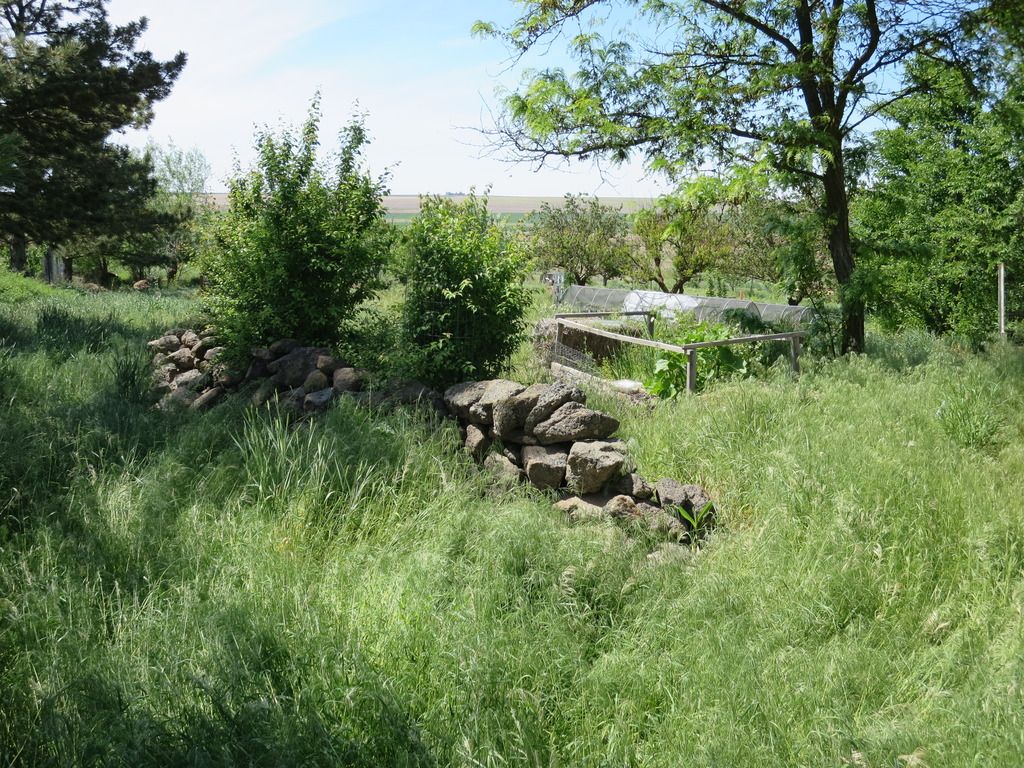









































I ordered one.
How to harvest water and nutrients, select drought-tolerant plants, and create natural diversity
Because climatic uncertainty has now become "the new normal," many farmers, gardeners and orchard-keepers in North America are desperately seeking ways to adapt their food production to become more resilient in the face of such "global weirding." This book draws upon the wisdom and technical knowledge from desert farming traditions all around the world to offer time-tried strategies for:
Building greater moisture-holding capacity and nutrients in soils
Protecting fields from damaging winds, drought, and floods
Harvesting water from uplands to use in rain gardens and terraces filled with perennial crops
Delecting fruits, nuts, succulents, and herbaceous perennials that are best suited to warmer, drier climates
Gary Paul Nabhan is one of the world's experts on the agricultural traditions of arid lands. For this book he has visited indigenous and traditional farmers in the Gobi Desert, the Arabian Peninsula, the Sahara Desert, and Andalusia, as well as the Sonoran, Chihuahuan, and Painted deserts of North America, to learn firsthand their techniques and designs aimed at reducing heat and drought stress on orchards, fields, and dooryard gardens. This practical book also includes colorful "parables from the field" that exemplify how desert farmers think about increasing the carrying capacity and resilience of the lands and waters they steward. It is replete with detailed descriptions and diagrams of how to implement these desert-adapted practices in your own backyard, orchard, or farm.
This unique book is useful not only for farmers and permaculturists in the arid reaches of the Southwest or other desert regions. Its techniques and prophetic vision for achieving food security in the face of climate change may well need to be implemented across most of North America over the next half-century, and are already applicable in most of the semiarid West, Great Plains, and the U.S. Southwest and adjacent regions of Mexico.